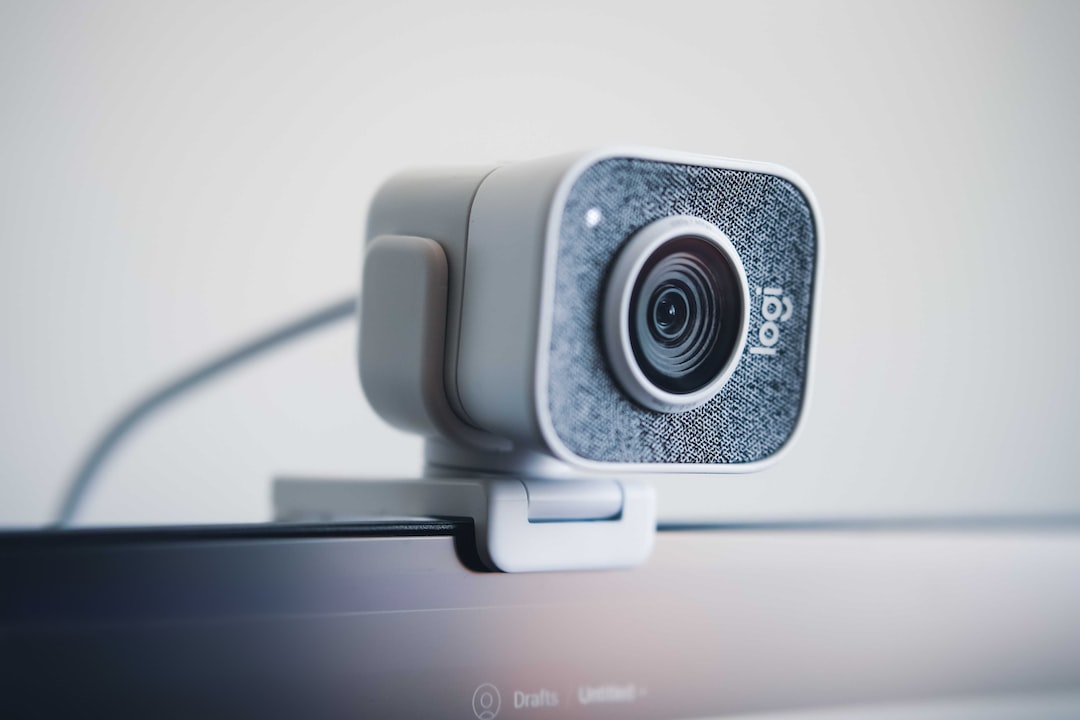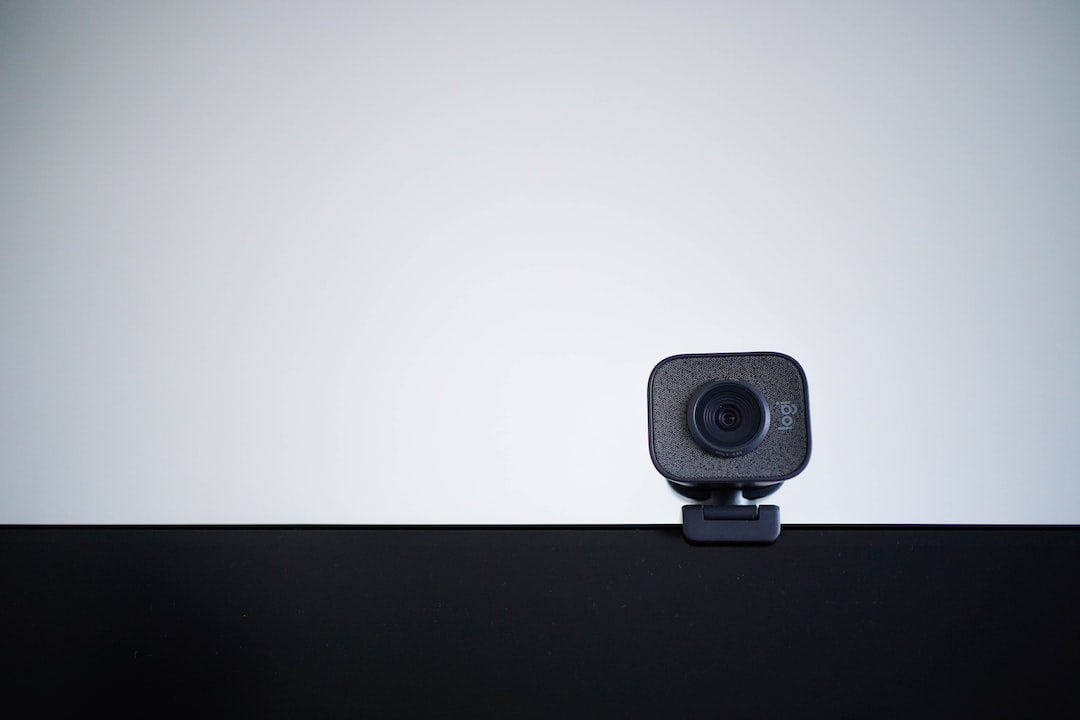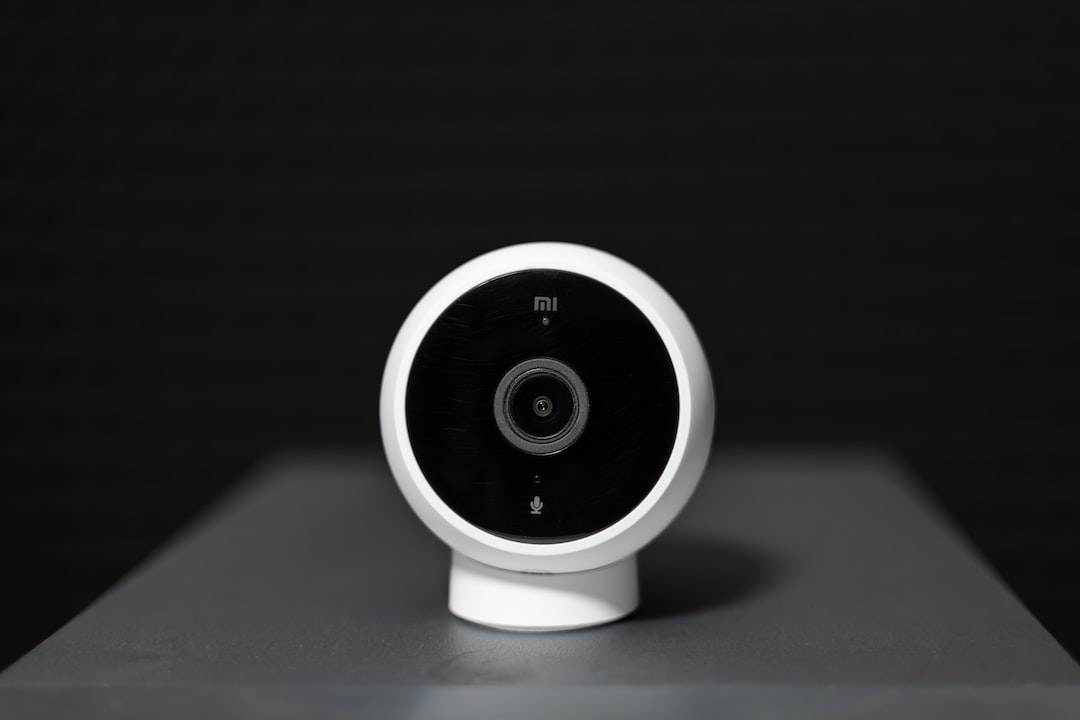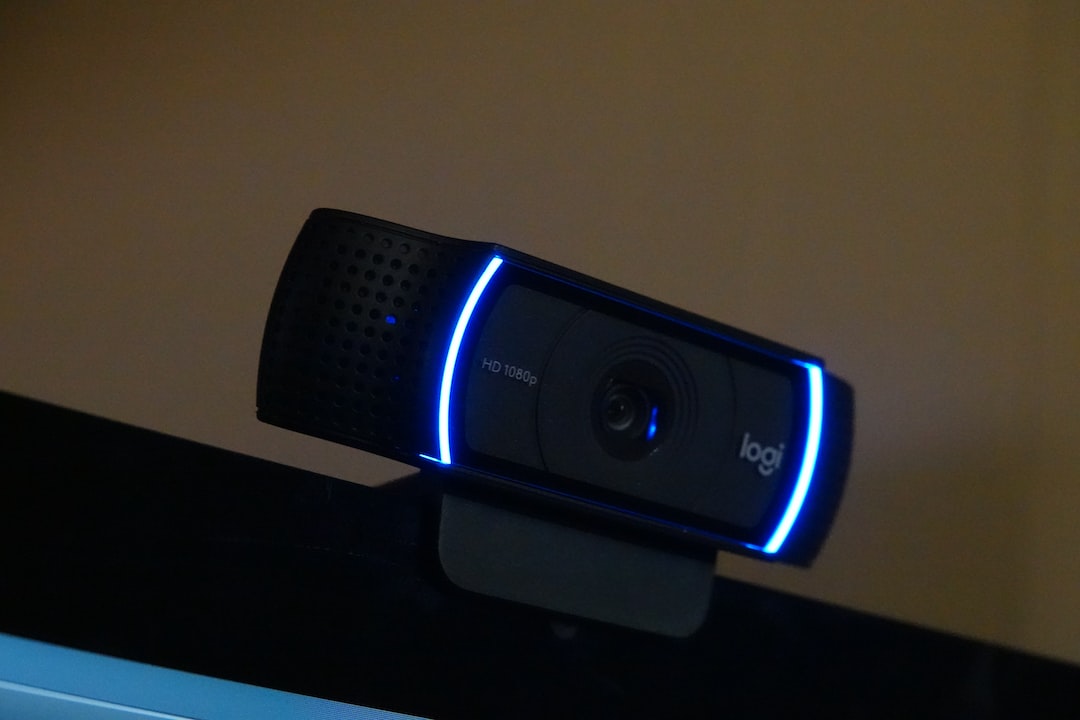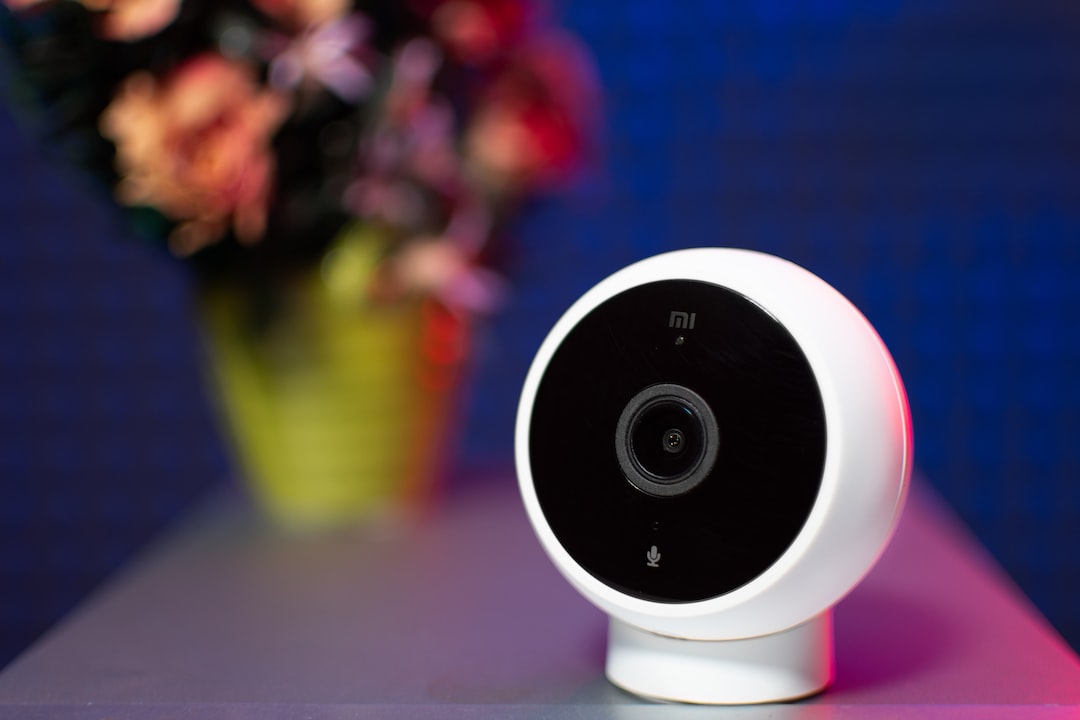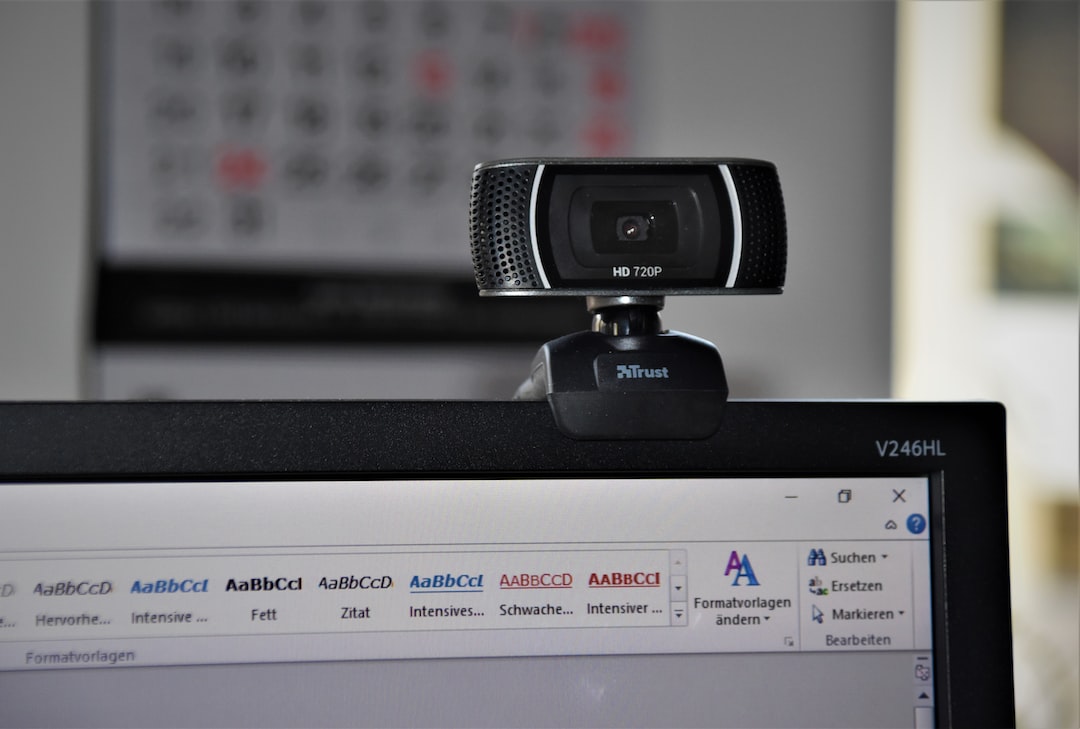The 7 Best Ways To Track Employee Hours (With Pros & Cons)
The 7 Best Ways To Track Employee Hours (With Pros & Cons)
1. Introduction
In today’s businesses, it’s crucial to have a system in place to track employee hours. There are a number of reasons for this – from ensuring that employees are being paid the correct amount, to being able to track productivity levels.
There are a number of different ways to track employee hours, each with its own set of pros and cons. In this article, we will explore 7 of the most popular methods and give you the information you need to decide which one is best for your business.
https://unsplash.com/@emilianocicero
2.Using an Online Timesheet
Using an online timesheet is one of the most popular methods of tracking employee hours. It’s also one of the easiest and least time-consuming. An online timesheet allows employees to enter their hours using an online form or app. Employees simply clock in and out, and their hours are tracked automatically.
The pros of using an online timesheet are that it requires minimal effort on the part of the employee and can be easily accessed from any device. It also allows for quick and accurate tracking of hours.
The cons are that it may require more IT resources and may be more expensive than other methods. Additionally, it’s not a foolproof system – there’s still a chance for manual data entry errors, or employees may forget to clock in/out. Finally, it requires each employee to have access to an internet-connected device.
https://unsplash.com/de/@namzo
3.Using a Biometric Time Clock
Using a biometric time clock is a great way to ensure that employees are clocking in and out correctly. A biometric time clock utilizes fingerprint detection technology as a form of employee identification. It requires employees to scan their fingerprint in order to clock in or out.
The pros of using a biometric time clock are that it ensures nearly foolproof accuracy, and it helps to reduce the possibility of fraud, abuse, and buddy clocking. It also requires minimal effort on the employee’s part.
The cons of using a biometric time clock are that it can be expensive to purchase and maintain, and it may require additional resources to install and set up. Additionally, some employees may have concerns about the clock storing and tracking personal data.
https://unsplash.com/@danial_zh
4.Using a Webcam
Using a webcam is another great way to track employee hours. This can be especially useful in settings where employees are expected to work remotely or from their own homes. By requiring an employee to log in and then take a photo of themselves using the webcam in their home office, employers can be sure to get a more accurate representation of when an employee clocks in and out and how much time they are actually putting in.
The pros of using a webcam are that it can provide a more accurate assessment of when an employee is clocking in and out, and it requires no installation or setup.
The cons of using a webcam are that it is less secure than other time-tracking methods, and employees may have privacy concerns if they feel like their employers are “watching” them. Additionally, webcams are prone to technical issues, which can lead to inaccurate time entries.
https://unsplash.com/@paus_d_
5.Using GPS Tracking
Using GPS tracking is a great way to track how long an employee is spending in a particular location or area. By using GPS tracking technology, employers can make sure that employees are where they’re supposed to be during scheduled shifts.
The pros of using GPS tracking are that it is a very accurate way to track an employee’s time and whereabouts, and it is secure. Additionally, GPS monitoring is a low-cost solution that requires little to no installation or setup.
The cons of using GPS tracking are that it can be intrusive, or seen as such, making employees feel like they’re being monitored. Additionally, GPS tracking technology is not always reliable, especially in rural areas where the signal is weak.
https://unsplash.com/@danial_zh
6.Using Cell Phone Tracking
Using cell phone tracking is an increasingly popular way to track employee hours. Most modern cell phones come with built-in GPS tracking abilities that allow employers to track employee movement and whereabouts, making it easier to monitor where the employee is and how long they spend at each location.
The pros of using cell phone tracking are that it is a cost-effective solution, and it is easy to set up and use. It is also a secure way to track employee hours as the data is stored securely on the cloud. Additionally, it is a very accurate way to track employee time spent on projects or tasks.
The cons of using cell phone tracking are that it can be seen as intrusive and can violate employee privacy. Additionally, it is not always a reliable way to track time as the cell phone signal can sometimes be weak or inconsistent in certain locations.
https://unsplash.com/@waldemarbrandt67w
7.Using an App
Using an app to track employee hours is becoming increasingly popular and common among employers looking for a multifaceted approach to tracking employee hours. There are numerous apps available to choose from, all with varying levels of functionality and customization.
The pros of using an app to track hours are that they are usually very easy to use and require minimal training; they also offer customizable features that businesses can take advantage of. Additionally, many apps offer cloud-based storage, so businesses do not need to worry about data being lost due to hardware failure.
The cons of using an app to track hours are that they may be expensive to implement, require a good internet connection, and must be continuously updated to ensure accuracy. Additionally, some employees may feel uncomfortable with an app tracking their every move.
For any question, please contact us in OpenTimeClock.com. https://www.opentimeclock.com.
Created with the Personal Edition of HelpNDoc: Make Your PDFs More Secure with Encryption and Password Protection
